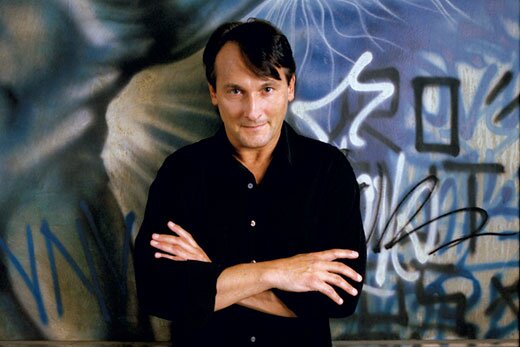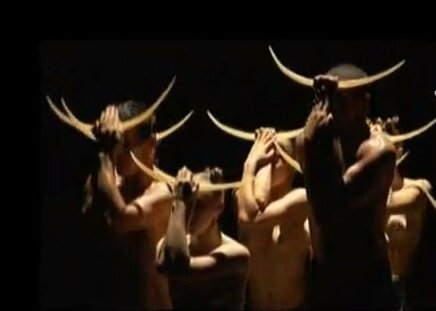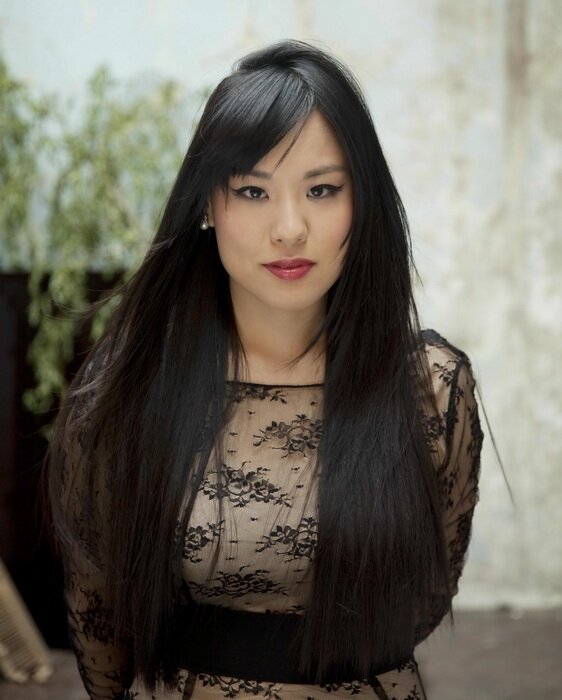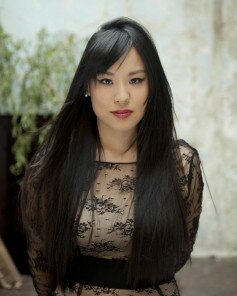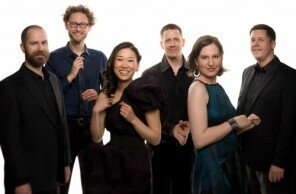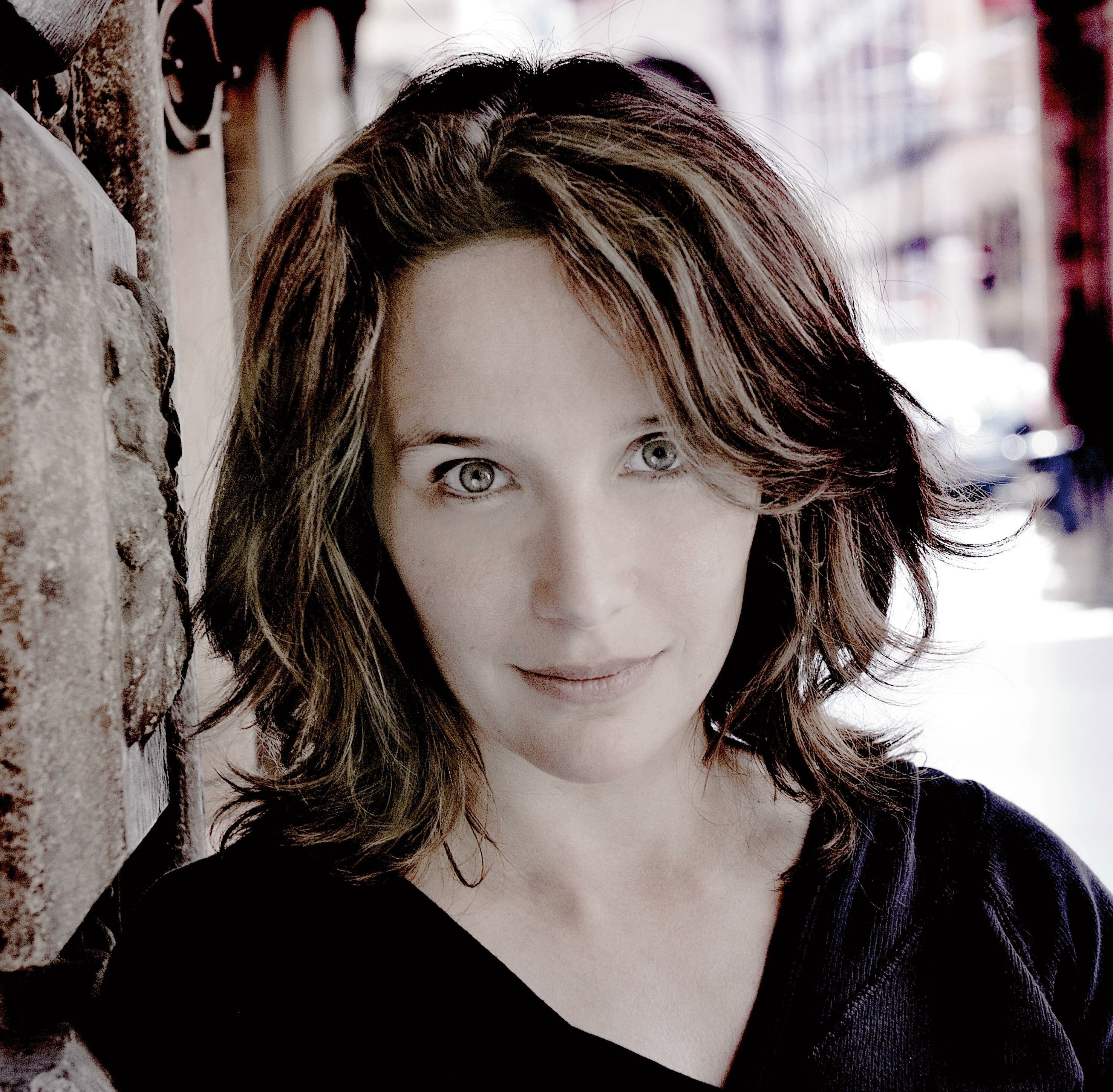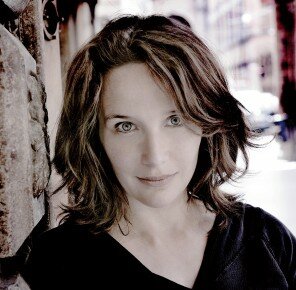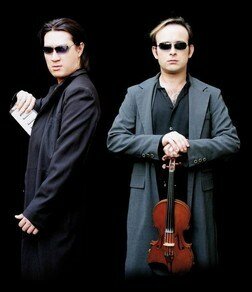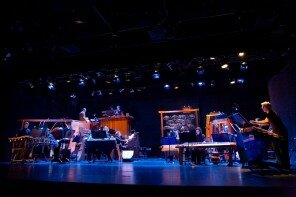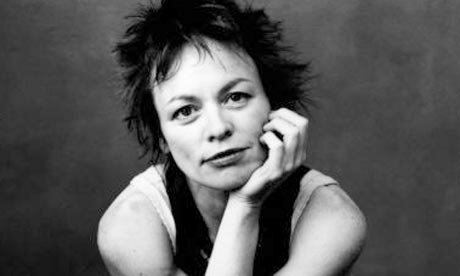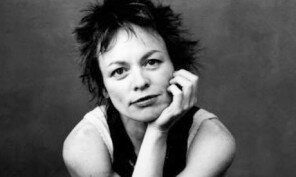Pianist Christopher O’Riley wears many hats. Renowned for his interpretations of classical works by Ravel, Rachmaninoff, and Gershwin, O’Riley frequently tours as a piano soloist. But you may also know him as the host of NPR’s popular show From the Top, where he interviews talented young classical musicians. Or perhaps you’ve heard his piano arrangements of hits by Radiohead, Nirvana, and other legends of the rock world. O’Riley arranges classical music as well, tackling mighty orchestral masterpieces and paring them down for solo piano.
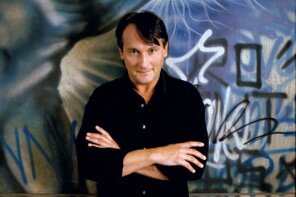
This week, O’Riley is in Seattle for two very different recitals at the University of Washington. The first of these, held last night at the intimate Meany Studio Theatre, featured O’Riley’s piano renditions of popular rock songs. Tonight’s concert on the Meany Hall mainstage is an all-classical program, including arrangements by Liszt and O’Riley himself.
Last night’s program was announced from the stage. O’Riley’s enthusiastic introductions for each piece made it clear that he’s very passionate about all the music he arranges. Bands represented included Radiohead, Nirvana, and Pink Floyd. O’Riley also performed songs by Portland singer-songwriter Elliott Smith and bassist Reid Anderson of jazz trio The Bad Plus. In addition, he slipped one of his own pieces into the program, a waltz composed as part of the score to an interactive e-book.
A self-proclaimed Radiohead fanatic, O’Riley has recorded two full-length albums of arrangements of the band’s songs. Much to the delight of last night’s crowd, nearly half of the songs O’Riley performed were by Thom Yorke and his crew, including two encores. These arrangements were the most exciting and engaging songs on the program. Most of them were from the 1997 release OK Computer, including a dazzling arrangement of the hit single “Paranoid Android”, which O’Riley dubbed as the band’s most orchestral song.
In general, Radiohead’s style lends itself well to arrangement. The band’s songs are a sea of colors and textures, pierced by Thom Yorke’s melodic crooning, which floats over the wash of sound. It’s very similar to orchestral music, where melodies are supported and enhanced by layers of symphonic sound.
O’Riley’s arrangements honor the orchestral aspects of Radiohead’s music. His renditions are are full of compositional motifs from the Romantic and Impressionist eras. Melodic chords chime out while arpeggios in the lower notes create a blurry texture — an effect reminiscent of Debussy. At times, O’Riley channels the great pianists Franz Liszt, especially during sections where the right hand pinky pings out the melody high up on the piano while the rest of the fingers are busy creating a lush accompaniment.
The concert struck an appealing balance between intense, raging anthems and slow, melancholic ballads. O’Riley’s version of Nirvana’s “Heart-Shaped Box” doesn’t quite muster the raw angst of the original, but he comes close, rendering Kurt Cobain’s guitar chorus as enormous smashing chords in the piano.
In contrast, ballads like Elliott Smith’s “True Love” and Gary Jules’ cover of “Mad World” (made famous by the film Donnie Darko) have a much simpler texture evocative of Chopin’s Preludes or Nocturnes, featuring a singing melodic line in the right hand supported by a chord-based accompaniment in the left. O’Reily’s arrangements steer clear of sentimentality and sappiness. They’re full of emotion, but not overwrought.
O’Riley’s at the top of a growing genre of performers who are re-imagining pop and rock hits in different musical styles. In the local scene, the Seattle Rock Orchestra produces tribute concerts that bring together guest vocalists and a full orchestra for arrangements of popular songs by the Beatles, Queen, Arcade Fire, and other bands. They’ll be performing the music of The Smashing Pumpkins next month.
Judging from the whoops of joy as O’Riley announced each song, last night’s crowd was full of Radiohead fans. A look around the room confirmed that the performance attracted a decidedly younger set than the typical audience at a classical piano recital. It was a treat to see O’Riley perform and discuss his arrangements in such an intimate space, though it seemed that the performance could have drawn a larger crowd with more marketing and a better-known venue. I’d love to see O’Riley return next season to play Radiohead for a huge theater full of fans.
If you’d like to catch Christopher O’Riley before he leaves Seattle, tickets are still available for his an all-classical program tonight at the University of Washington’s Meany Hall. The concert, part of the UW World Series, features works by Schubert, Schumann, Wagner, and Liszt, as well as O’Riley’s own transcription of Berlioz’s Symphonie Fantastique.
